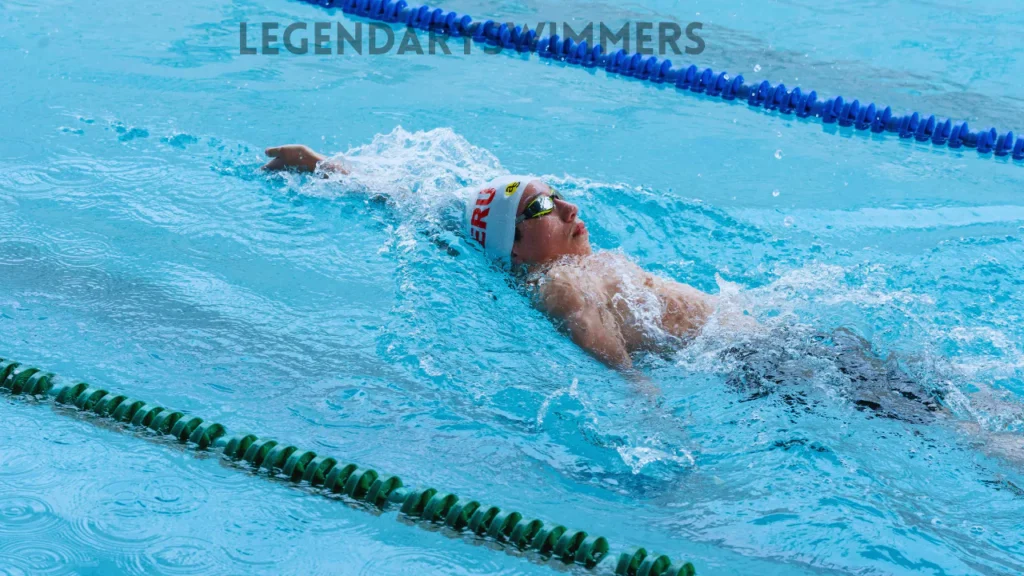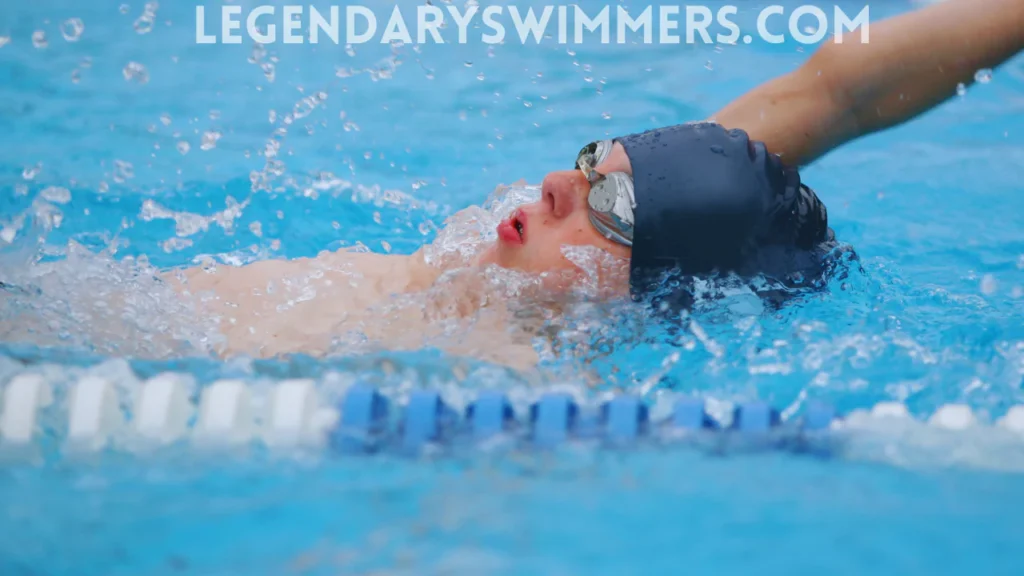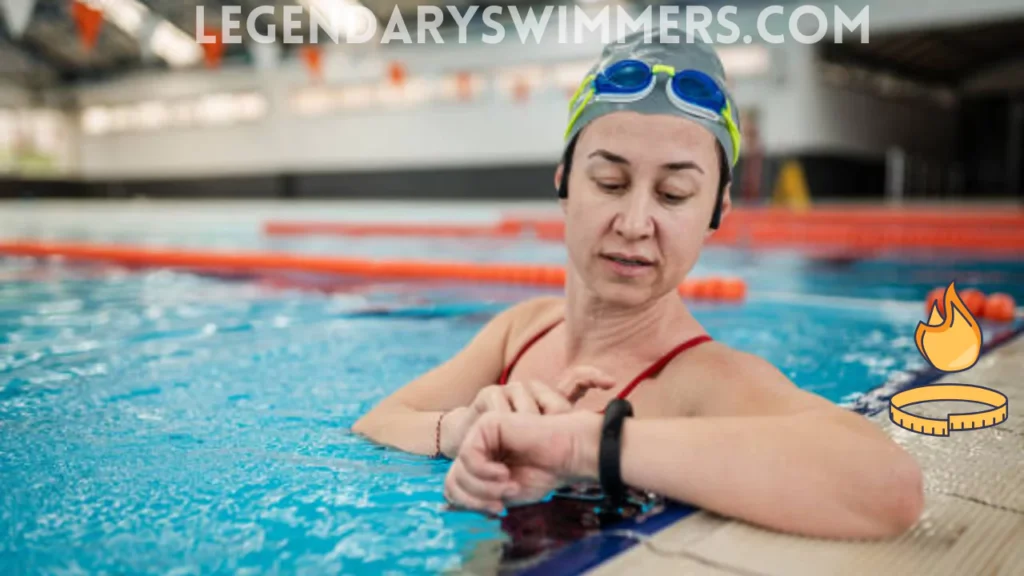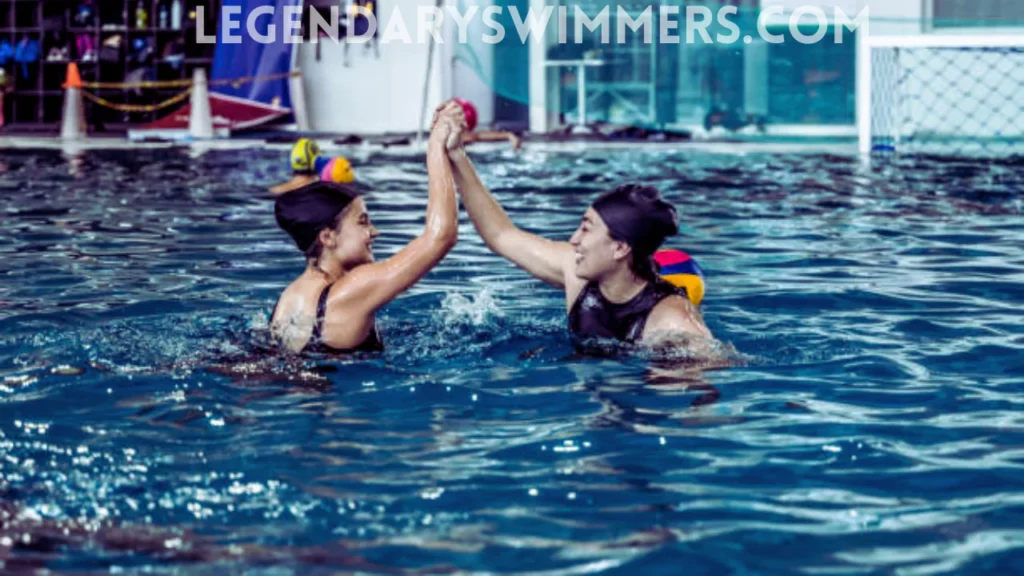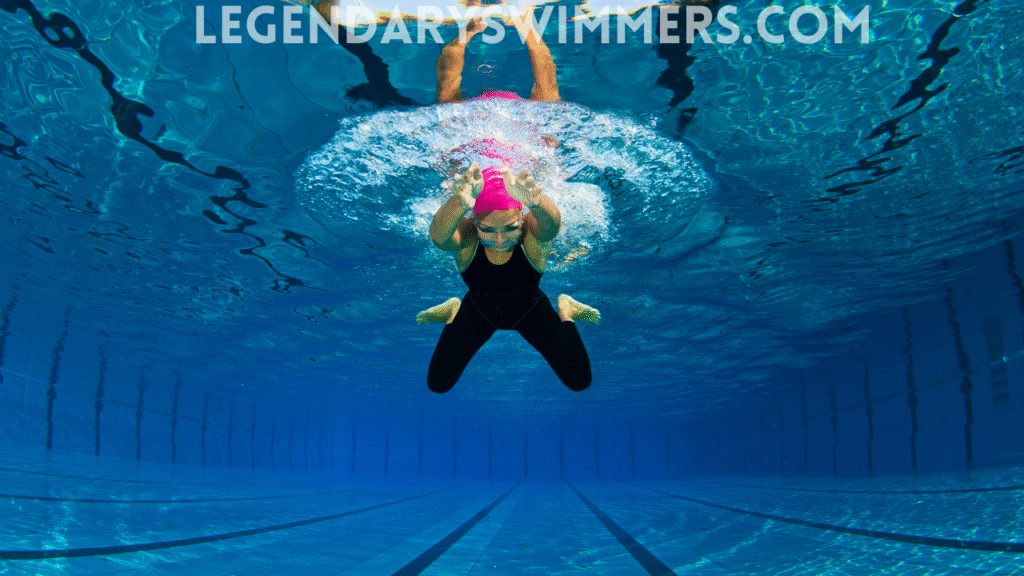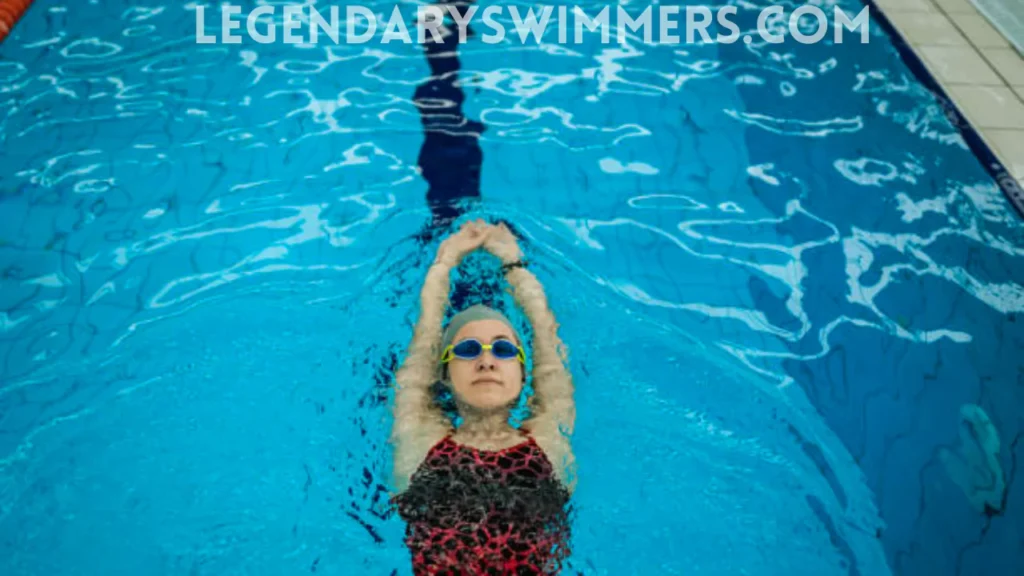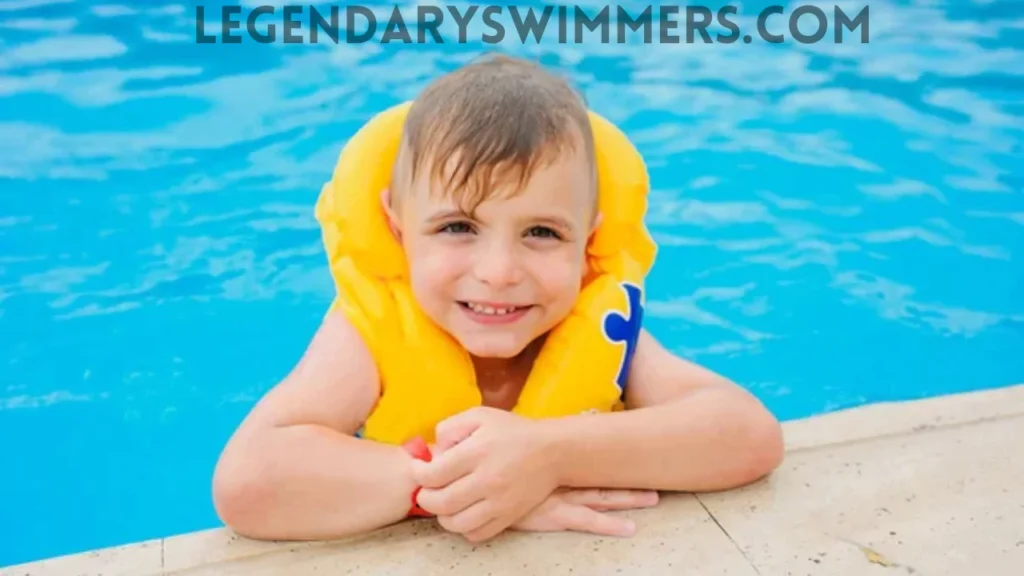
Water Safety for Children: Expert Insights & Crucial Tactics
- Updated:
Water is a source of fun, relaxation, and exercise, but it also poses significant risks, especially to young children. Each year, thousands of families face the heartbreak of drowning incidents, many of which are preventable. This comprehensive delves into effective strategies for enhancing water safety for children, backed by expert insights and the latest statistics.
Understanding the Risks
Drowning is the leading cause of accidental death among children ages 1–4, surpassing even traffic accidents. It is a silent disaster that can occur in mere seconds—often without any splashing or screaming to signal distress. The Centers for Disease Control and Prevention (CDC) reports that most drownings among young children happen in home swimming pools. This stark reality underscores the need for vigilance anytime water is nearby, whether it’s a pool, bathtub, or natural body of water.
Effective Prevention Strategies
1. Supervised Swimming
Constant supervision is the cornerstone of drowning prevention. Designate an attentive adult to keep eyes on children at all times when they are near water. This means no multitasking—no phones, no social media, no books. A focused supervisor can make the difference between a close call and a call to emergency services.
2. Swimming Lessons
Swimming skills are essential for safety. The American Academy of Pediatrics recommends swimming lessons for all children starting from the age of one. Lessons significantly reduce the risk of drowning by equipping children with the necessary skills to survive in water. Local swim classes are available through organizations like the
Legendary Swimmers Academy, and USA Swimming.
3. Proper Fencing Around Pools
According to the American Red Cross, a four-sided fence that isolates the pool from the house and play areas can reduce a child’s risk of drowning by over 50%. These fences should be four feet high with self-closing, self-latching gates. Pool owners should also remove any toys or objects that could attract a child to the pool area when they are not in use.
4. Life Jackets and Safety Gear
When it comes to natural water settings such as lakes or rivers, life jackets are a must, regardless of a child’s swimming proficiency. Ensure that the life jackets are U.S. Coast Guard-approved. Floatation devices and toys are not substitutes for a life jacket and should never be relied upon to keep a child safe.
5. CPR Training
Knowing CPR can save lives. The time it takes for paramedics to arrive can be critical, so having someone on hand who can perform CPR might be the difference between life and death. Organizations like the American Red Cross and the American Heart Association offer both in-person and online CPR training courses.
6. Awareness of Natural Water Hazards
Natural bodies of water come with their own sets of hazards, including unpredictable currents, underwater obstacles, and variable weather conditions. Always use the buddy system, and make sure children swim only in designated areas with lifeguards present.
7. Alcohol and Water Don’t Mix
Avoid alcohol consumption during water activities. Alcohol impairs judgment, coordination, and swimming ability, and its effects are magnified by sun exposure and heat.
8. Medication and Medical Conditions
Some medications and medical conditions can significantly increase drowning risks. For individuals who are susceptible, such as those with seizure disorders or cardiac conditions, extra precautions should be taken, including one-on-one supervision.
9. Avoid Dangerous Water Practices
Discourage dangerous behaviors such as hyperventilating before swimming or extensive breath-holding. These practices can lead to shallow water blackouts, causing even experienced swimmers to drown silently.
Conclusion
Water safety requires diligence, education, and proactive measures. By understanding the risks and implementing effective strategies, parents and caregivers can significantly reduce the likelihood of drowning incidents. Let’s ensure that water play remains fun and safe for all children by embracing these expert-recommended practices.
FAQs
1. Why is drowning such a big concern for children?
Drowning is the leading cause of accidental death among children ages 1–4, even more than traffic accidents. It often happens silently in a matter of seconds, without any obvious signs of distress, which makes it especially dangerous.
2. What is the best way to prevent drowning?
Constant supervision is crucial. Designate a focused adult to watch children near water at all times. Avoid distractions like phones or books, and ensure the supervisor is always within arm’s reach of the child when in or near water.
3. When should children start swimming lessons?
The American Academy of Pediatrics recommends swimming lessons for all children starting at the age of 1. Swimming lessons can significantly reduce the risk of drowning by helping children acquire the skills needed to survive in water.
4. What type of pool fencing is most effective?
A four-sided fence that separates the pool from the house and other play areas is highly effective. The fence should be at least four feet high and have self-closing, self-latching gates. This can reduce a child’s risk of drowning by over 50%.
5. Do children need to wear life jackets when swimming in natural bodies of water?
Yes, children should always wear U.S. Coast Guard-approved life jackets when swimming in lakes, rivers, or other natural bodies of water. Floatation devices and toys are not safe substitutes for life jackets.
6. What should I do if I witness a drowning incident?
Knowing CPR is crucial in this situation. If you’re trained, begin CPR immediately while someone calls emergency services. Time is critical, and your actions could save a life before paramedics arrive.
7. How can I protect my child from water hazards in natural bodies of water?
Be aware of the natural water hazards such as unpredictable currents and underwater obstacles. Always swim in designated areas with lifeguards, and use the buddy system. It’s safer when children are accompanied by an adult or another child.
8. Is it safe to drink alcohol around water?
No, alcohol and water activities should never mix. Alcohol impairs judgment, coordination, and swimming ability. Its effects are exacerbated by sun exposure and heat, making it even more dangerous.
9. Are there specific medical conditions that increase the risk of drowning?
Yes, certain medical conditions, such as seizure disorders or heart conditions, can increase the risk of drowning. Extra precautions should be taken for individuals with these conditions, including constant supervision and possibly one-on-one care.
10. What are some dangerous water behaviors to avoid?
Dangerous behaviors such as hyperventilating before swimming or holding your breath for extended periods should be avoided. These practices can lead to shallow water blackouts, which can result in drowning even for experienced swimmers.
11. How can I make water play more enjoyable and safe for my child?
By combining safety measures, such as supervision, life jackets, and pool fencing, with fun activities like swimming lessons and water games, you can create a balance of enjoyment and safety for your child. Ensure they understand the importance of water safety through education and consistent reinforcement.
References

Natasha Nicole Leyva
Hi, I’m Natasha—swimmer, coach, and aquatic fitness enthusiast. My journey began in New Zealand after a professor recommended swimming to help with a knee injury. The low-impact nature of swimming worked wonders, and it quickly became my favorite form of exercise. This passion grew into a thriving swim academy, and soon, requests for aquatic fitness classes started pouring in. After becoming certified, I realized how powerful water workouts could be for recovery and fitness. Now, I share my expertise here to help others experience the benefits of aquatic movement—whether for recovery, fitness, or fun!

